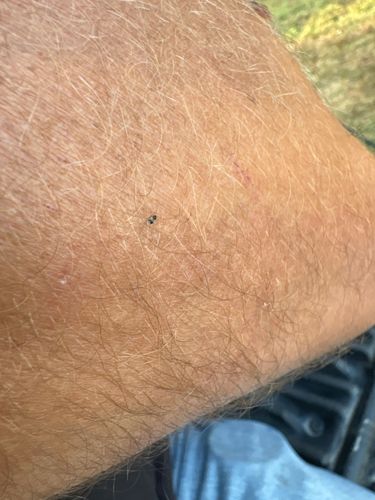Ant (most likely a 'sugar ant' or similar small species)
Scientific Name: Formicidae (family)
Order & Family: Hymenoptera (Order), Formicidae (Family)
Size: Generally 1-5 mm for workers of common small species.

Natural Habitat
Highly adaptable, found almost everywhere on land except Antarctica and a few remote islands. Nests can be found in soil, under rocks, in wood, and even inside homes.
Diet & Feeding
Omnivorous; diet varies greatly by species but often includes sugars, oils, fats, protein (dead insects), and plant secretions. Many are scavengers.
Behavior Patterns
Social insects living in colonies with a queen, workers, and males. Workers are responsible for foraging, nest maintenance, and caring for the young. They communicate through chemical signals (pheromones) to recruit nestmates to food sources.
Risks & Benefits
Potential risks include property damage (some species like carpenter ants), contamination of food, and painful bites (though most small species' bites are harmless to humans). Benefits include aeration of soil, pest control (preying on other insects), and decomposition of organic matter.
Identified on: 9/24/2025